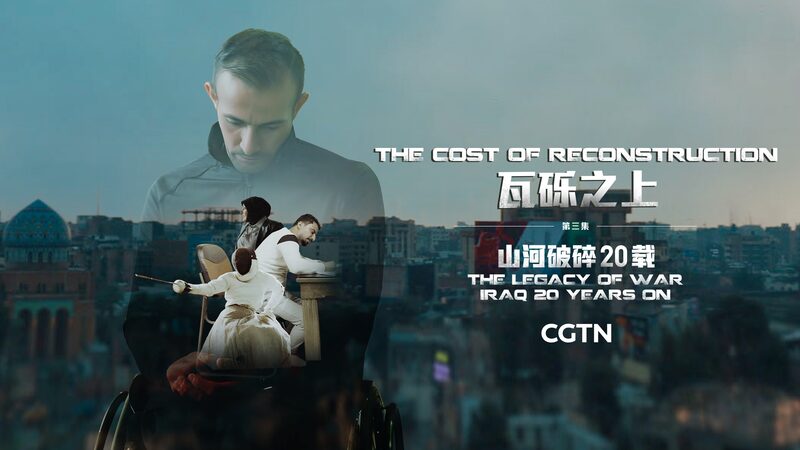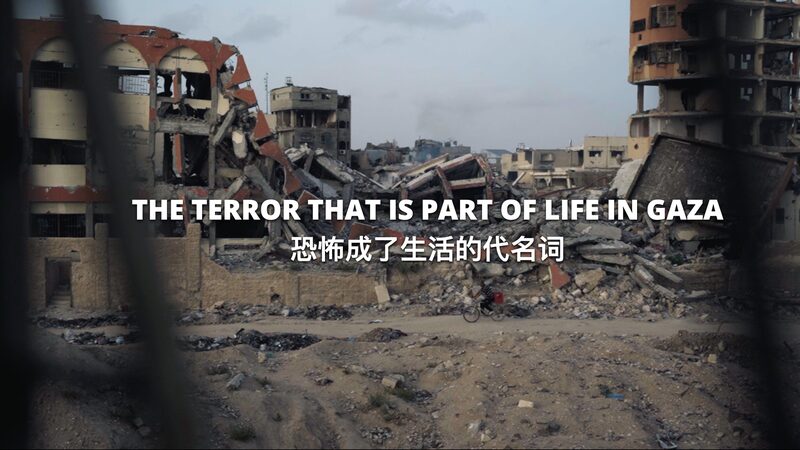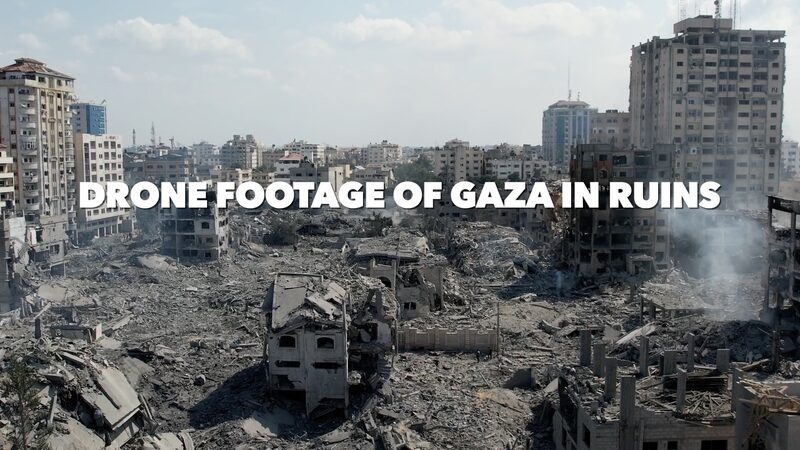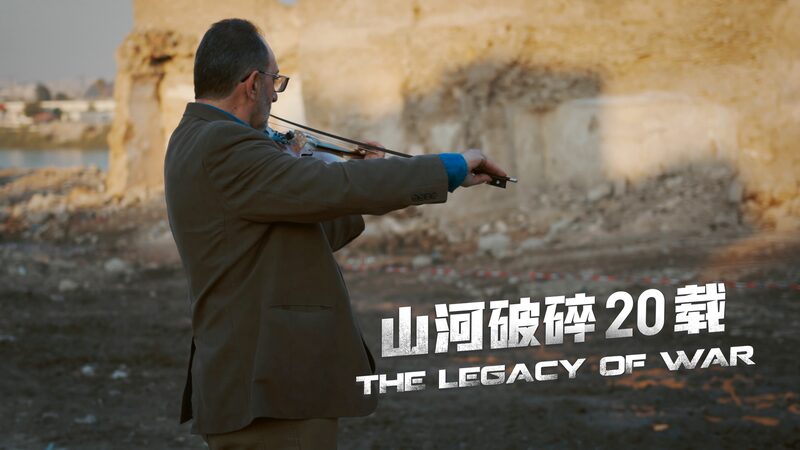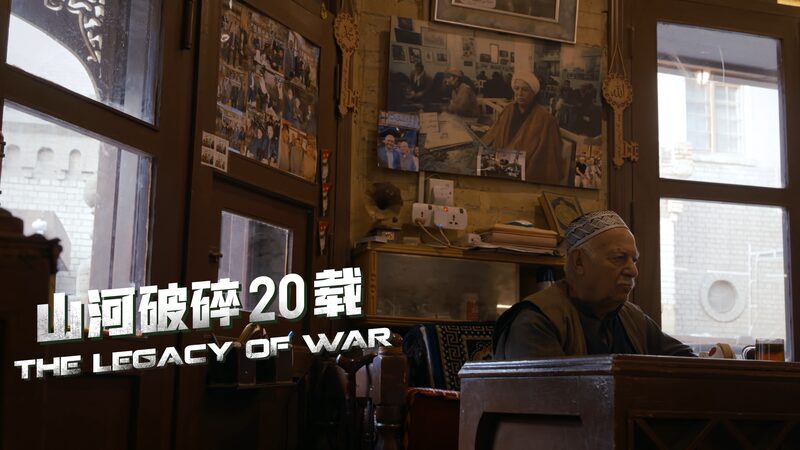Twenty years after the Iraq War turned bustling cities into rubble, the echoes of artillery fire along the Tigris River have been replaced by the clatter of construction. Communities are piecing together their shattered homes, markets, and cultural landmarks—dreaming of a future beyond the shadow of conflict. 🏗️
\"We cradle hope like a fragile seed,\" says a Baghdad resident, one of millions rebuilding amid collapsed infrastructure and economic strain. Once-vibrant oases, now scarred by war, are slowly seeing life return as families replant gardens and reclaim heritage sites.
But progress is uneven. Unexploded ordnance still lurks beneath the soil, and international aid remains inconsistent. Yet, grassroots efforts thrive: young engineers repurpose war debris into building materials, while elders recount stories of Mesopotamia’s golden age to inspire a new generation. 📖✨
From Basra to Mosul, the question lingers: Can decades of trauma be healed by bricks and mortar alone? For now, resilience shines through—in children playing on rebuilt streets and artisans reviving ancient crafts. The road to peace, Iraqis say, is paved with more than concrete.
Reference(s):
cgtn.com
